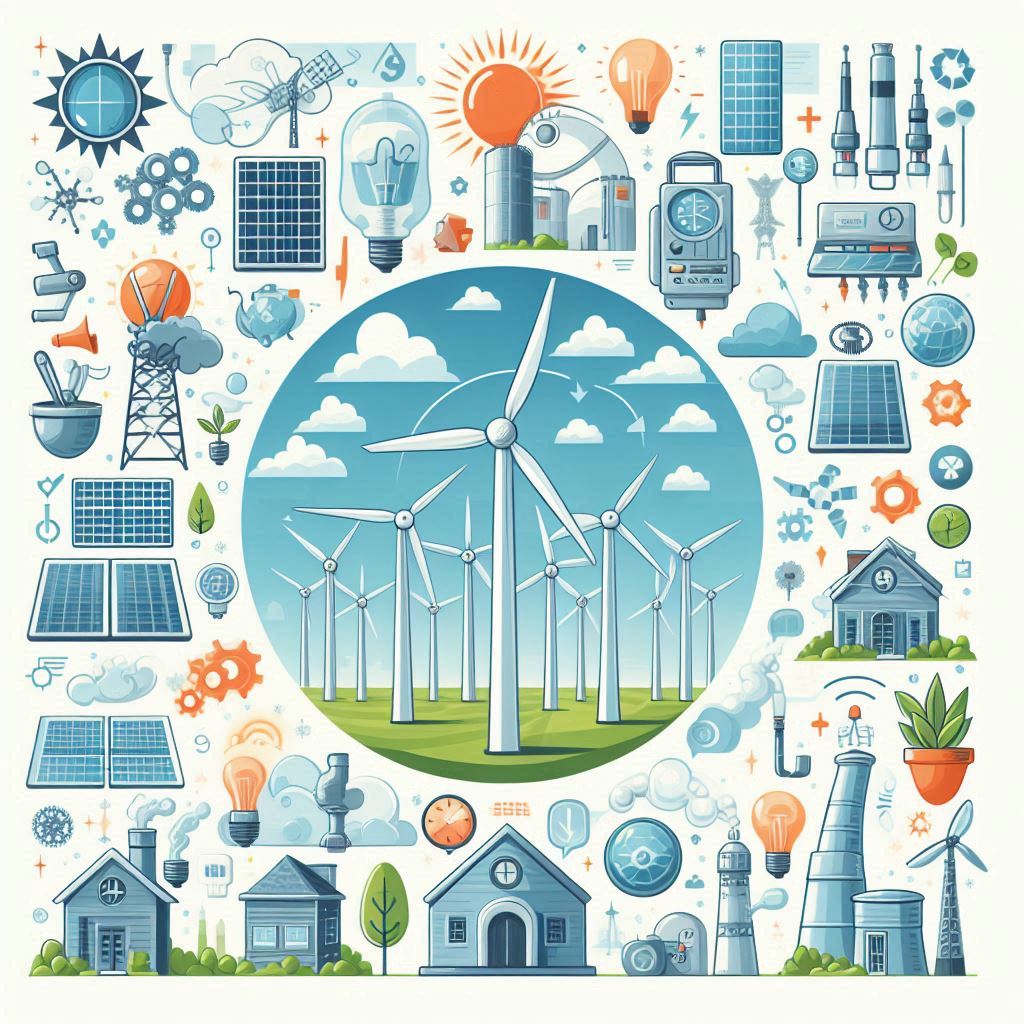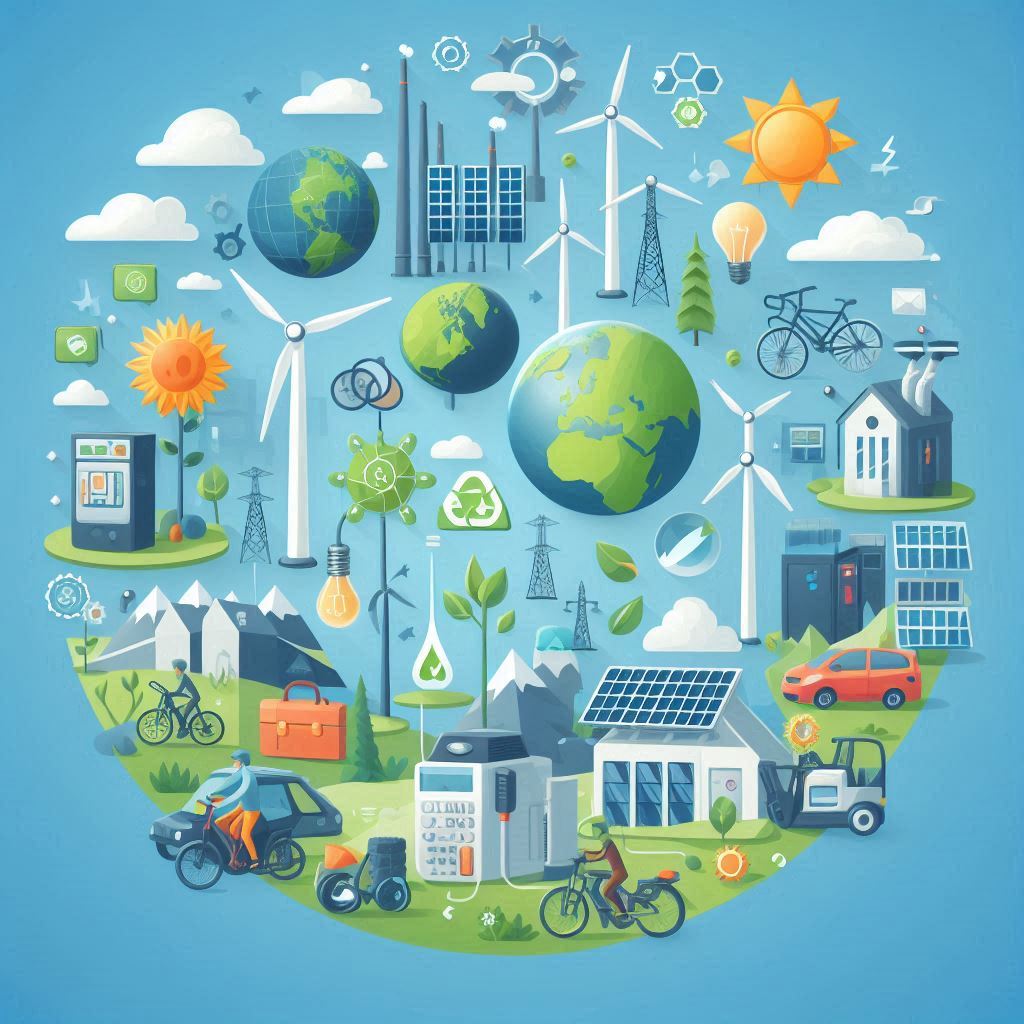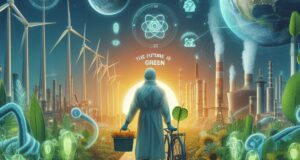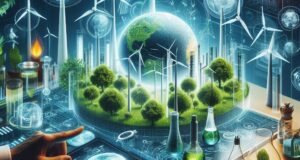Energy is the lifeblood of modern civilization, fueling industries, homes, and transportation. While non-renewable resources have long been the backbone of energy consumption, the world is now turning towards cleaner, sustainable alternatives. Clean energy sources are like nature’s eternal gifts, providing power without depleting the Earth’s reserves or polluting the environment. Let’s explore the most prominent types of clean energy sources that are shaping the future of energy consumption.

1. Solar Energy: The Eternal Beacon of Light
Solar energy is like an unending river of light, cascading down from the sun every day, waiting to be harnessed. Through photovoltaic (PV) cells, sunlight is transformed into electricity, illuminating homes and industries without emitting harmful gases. Unlike coal or petroleum, which vanish with use, the sun’s rays continue to shine, offering an abundant and renewable source of energy. Whether used for heating water, generating electricity, or even powering satellites, solar energy is paving the way for a cleaner and greener future.
2. Wind Energy: Nature’s Invisible Powerhouse
The wind is like an unseen artisan, sculpting landscapes and whispering through forests. It also holds the power to generate clean energy through wind turbines. As the blades rotate, they convert kinetic energy into electricity, a process that leaves no toxic residue behind. Wind farms, stationed both onshore and offshore, are steadily replacing fossil fuel plants, proving that nature’s breath can be turned into a force of progress. With technological advancements, wind energy is becoming more efficient, offering a sustainable alternative to conventional energy sources.

3. Hydropower: The Mighty Currents of Energy
Water, the lifeline of Earth, is also a potent source of energy. Hydropower, derived from flowing rivers and dammed reservoirs, transforms the kinetic energy of moving water into electricity. Like a relentless drummer, rivers beat against turbines, generating power that lights up cities. Unlike burning coal or petroleum, which scar the environment, hydropower remains a clean and renewable source, offering a consistent supply of energy. Though its dependency on water bodies is a limitation, innovations like small-scale hydro projects are expanding its reach.
4. Geothermal Energy: Earth’s Fiery Heartbeat
Beneath the Earth’s crust, an ocean of heat bubbles like a silent volcano. Geothermal energy taps into this subterranean warmth, converting it into electricity or direct heating. Like an eternal furnace, the Earth’s core provides an endless reservoir of energy, waiting to be utilized. From Iceland’s geysers to underground reservoirs worldwide, geothermal power plants harness this natural heat, offering a reliable and eco-friendly alternative to fossil fuels. Unlike other renewable sources, which may be intermittent, geothermal energy remains constant, making it a valuable pillar of clean energy.
As the world grapples with climate change and environmental degradation, the shift towards clean energy sources is no longer a choice but a necessity. Solar, wind, hydropower, and geothermal energy are the torchbearers of a sustainable future, offering power without pollution, abundance without exhaustion. By embracing these clean energy sources, humanity can break free from the chains of non-renewable resources and step into a brighter, cleaner tomorrow.



